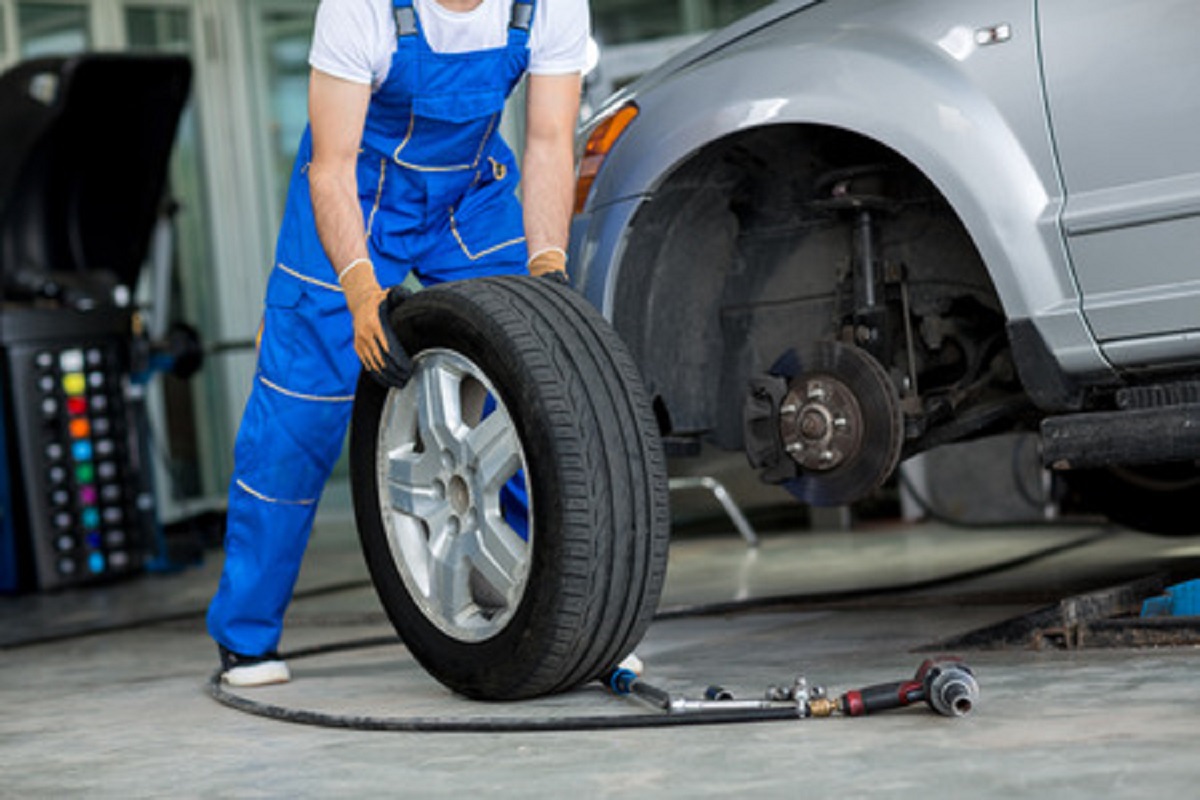Safety Tips Regarding Your Car’s Tires
The National Highway Traffic Safety Administration (NHTSA) estimates that around 200 annual fatalities may be caused by tire failures. This fact alone makes it crucial for every driver to comprehend and understand when to replace worn tires. At some point, all tires begin to lose performance in terms of traction and braking ability. Here are a few tips to help you decide when it is necessary to buy a new set of tires.
Examine the Tread Pattern
Before determining the state of your tires, it is important to understand the primary function of a tire’s tread, which is diverting water from beneath the tire to improve traction and avoid hydroplaning on wet roads. Tires can become very unsafe when they’re worn, and once a tire’s tread has worn down to 1/16th of an inch (1.6mm), the tire is not safe for use.
Examining the tread patterns is good practice for determining if tires need replacing. Tires sold in the US and other countries have “tread wear bars,” which are small bridges between the treads. You can look at the tread pattern and see the beginnings of these bars start to form between the treads or run across the tires. As tires wear, these bars become “flush” (level or even) with the tire’s tread. At this point, it’s time to replace the tires.
The Penny Test
We’ve all heard of the “penny test” or “Lincoln test” because it is a good way to examine tires. Simply take a penny and place it upside down with Lincoln facing you in the center of the tread (at the thickest part of the tire). If you can see the very top of Lincoln’s head or the copper above it, replace the tires immediately. You can also use a tread depth indicator or a gauge to determine your tire’s tread.
Check for Unusual Bulges or “Bubbles”
Because driving with sidewall bulges or “bubbles” can be dangerous, any tires with sidewall bulges should be replaced immediately, regardless of tread status, as this indicates the tire’s internal frame has been damaged and therefore increases likelihood of blowouts.
Other Tips
In some parts of the US, tires are considered legally worn out when they have worn down to 1/16” (1.6mm) of their remaining tread depth. When this occurs, you as a motorist must legally replace your tires before driving.
If you notice a vibration in the steering wheel, see wheel misalignment, have run over something large recently, or see little cracks in your tires due to dry rot, your tires may need to be replaced.
If you are unsure about the general state of your tires, replace them at least every six years, which is the NHTSA’s minimum replacement time regardless of use, with ten years being the maximum life.
Think you or someone you know is in need of Behind the Wheel Training? Training Wheels is an Atlantic City driving school specializing in teaching new teen drivers how to stay safe on the road. For more information on our lessons, please click here.
Copyright: luckybusiness / 123RF Stock Photo

